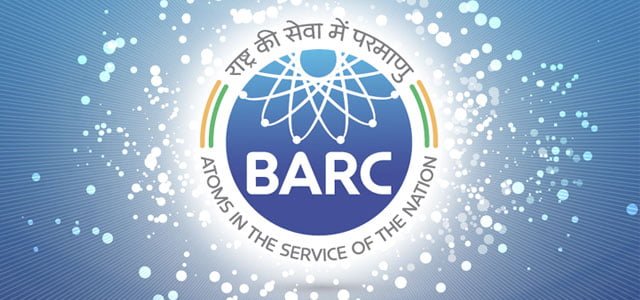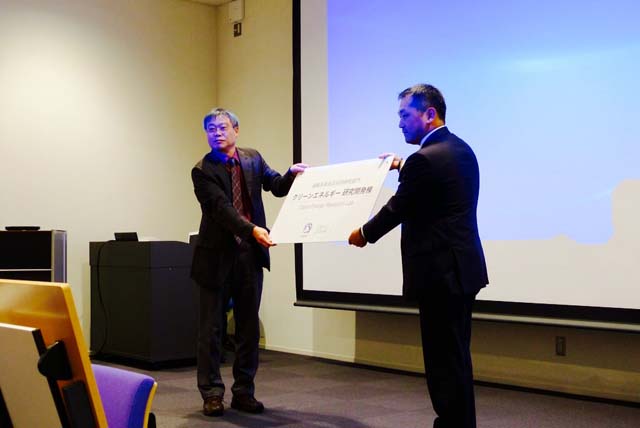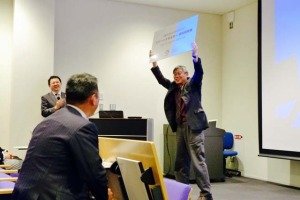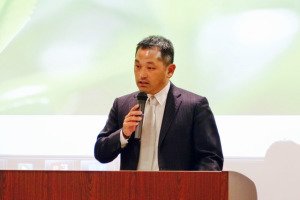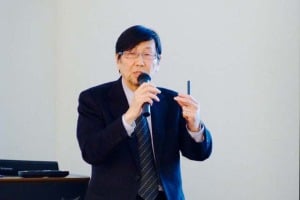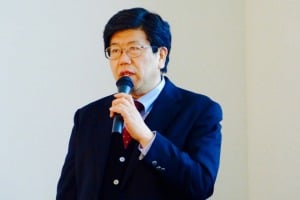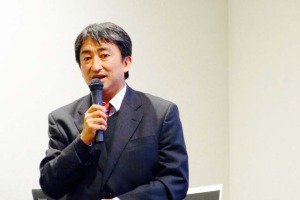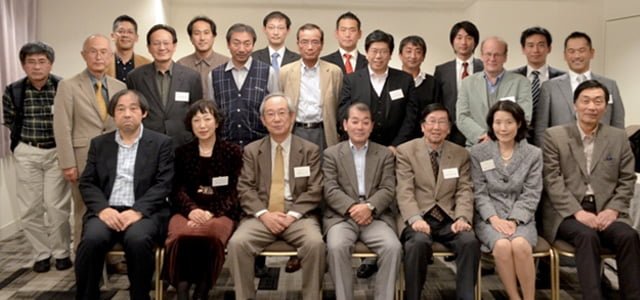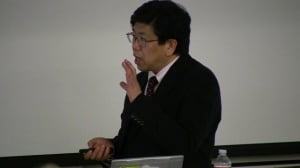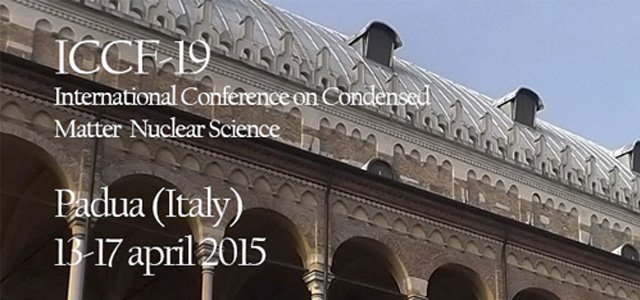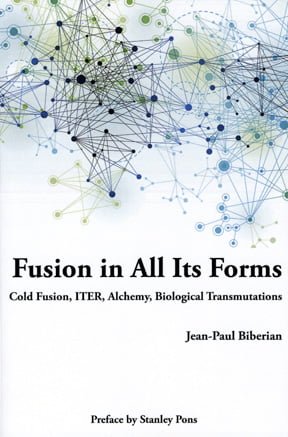This is a re-post of “Scientists warming up to ‘cold fusion’, see potential in ‘other nuclear’ energy” by M Ramesh originally on Hindu BusinessLine. Links to relevant institutions and emphasis has been added.
Chennai, April 9:
About thirty scientists from all over India met in Bengaluru on Tuesday to discuss ‘the way forward’ in an emerging cheap and clean source of energy, called ‘low energy nuclear reactions’, or simply ‘cold fusion’. The meeting was chaired by Dr Anil Kakodkar, former Chairman of the Department of Atomic Energy.
The meeting was held at the instance of the Ministry of New and Renewable Energy, said Dr Baldev Raj, Director, National Institute of Advanced Studies, who co-chaired the meeting.
Dr Raj did not give details of the meeting—he feels it is up to the Ministry to do so—but he said that the basic message that came out of the meeting was that there was a need to study ‘low energy nuclear reactions’ more.
The objective of the meeting was to further study the phenomenon of ‘cold fusion’, devices based on which are beginning to be commercialized elsewhere in the world.
 Some experts, such as Dr Mahadeva Srinivasan, a scientist who worked for the Bhabha Atomic Research Centre (BARC), believe that cold fusion has the potential to become the primary source of energy in the not-so-distant future.
Some experts, such as Dr Mahadeva Srinivasan, a scientist who worked for the Bhabha Atomic Research Centre (BARC), believe that cold fusion has the potential to become the primary source of energy in the not-so-distant future.
Dr Srinivasan, who attended the Bengaluru meeting, said that one of the decisions taken at the meeting was that four groups of institutions and scientists would get into cold fusion research and there would be an informal oversight committee. Some of the institutions involved are the Indira Gandhi Centre for Atomic Research (IGCAR), which, incidentally, was once headed by Dr Baldev Raj, the IIT-Madras, and the Indian Institute of Chemical Technology.
What is ‘cold fusion’?
Just as energy (heat) is produced when a nucleus splits in the nuclear power plants that we have, energy gets generated also when two nuclei merge. But it requires enormous input energy to get them to merge, as they contain positively charged particles—protons—and same charge tend to move away, not to come close. Therefore, to get nuclear happen at room temperatures—cold fusion—has been thought to be impossible.
In 1989, two American scientists—Martin Fleischmann and Stanley Pons—conducted some experiments and observed more heat given out than they could explain and inferred that the excess heat was due to nuclear fusion reactions. They became instant celebrities in the scientific world, but in a matter of weeks they got branded as incompetent scientists, or even frauds, after thousands of others tried their experiment and got no excess heat. ‘Cold fusion’ was practically buried.
But the subject was roused again in 2011, when an Italian engineer called Andrea Rossi unveiled his invention—a fist-sized device that produced more energy than it consumed, using only nickel powder spiked with some chemical, and hydrogen as raw materials. He kept the name of the chemical secret.
An outraged scientific community branded Rossi a charlatan, but the engineer proceeded regardless and started selling his ‘E-Cat’ machines and has scaled up their capacity to 1 MW.
But lately the world is being less cold towards cold fusion, thanks to a number of experiments that proved that E-Cat-like devices work, though nobody, including Rossi, knows how.
For instance, a group of scientists performed “independent third party tests” on the E-CAT in February-March 2014 at Lugano, Switzerland and the results were announced in October. Their report said that the devices produced more heat than can be explained by chemical burning and conceded that they had “no convincing theoretical explanation”. But the report also said that the results were “too conspicuous not to be followed up.”
Another scientist, Alexander Parkhimov of Russia, also conducted experiments using E-Cat-like devices and said that they produced energy.
Furthermore, several universities (Texas Tech University of the US and the Tohoku University of Japan, to name two examples) are opening research divisions or forming committees to look into cold fusion.
Next week, the 19th International Conference on Cold Fusion (ICCF-19) will take place in Italy. The ICCFs have been generally dismissed as ‘meeting of believers’ but this time around many potential investors, notably the Bill Gates Foundation is taking part in it.
It is learnt that after the Power Minister, Piyush Goyal, was briefed about these developments, he personally requested Dr Kakodkar to look into the matter—which culminated in the Bengaluru meeting.
Read the original article here.
Related Links

